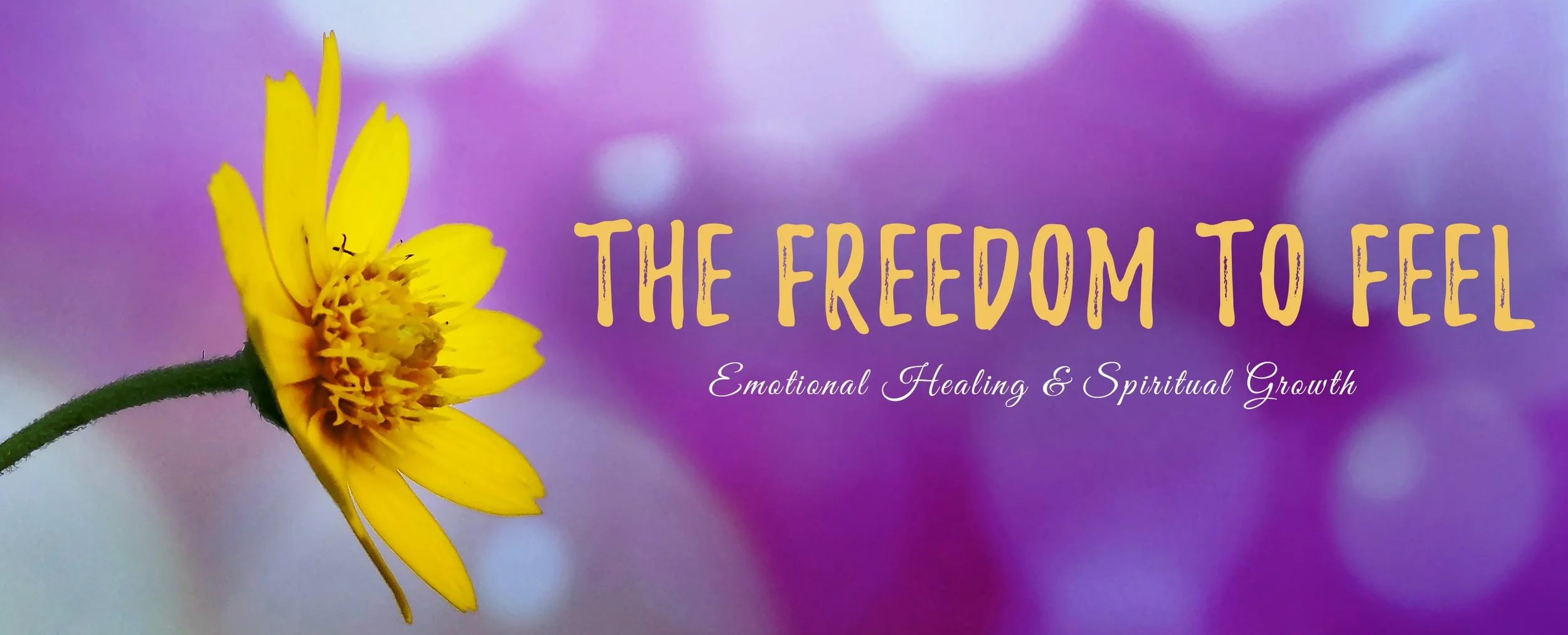MENTAL HEALTH AND REAL HEALING
A recent Wall Street Journal special report on health care included a revealing article titled “Where Are the Mental-Health Providers?” Reporter Louise Radnofsky presents convincing evidence and sounds the alarm about the increasing difficulty of finding much-needed mental health care in many regions of the United States.
Radnofsky quotes statistics from a recent study by Mental Health America, a patient advocacy group. The study found that while 42.5 million adults in the United States have a mental illness (18% of the population), the ratio of mental health providers to people in the US is just 1:790, while only 41% of people with a mental illness report receiving treatment.
“That’s prompting a sea change in attitudes among mental health advocates,” Radnofsky writes, “who are starting to look at solutions that are broader than just training more psychiatrists.”
It’s about time. In this month’s article and book excerpt, I explain my thinking on the Dr. Jekyll and Mr. Hyde nature of trauma treatment by psychiatrist-prescribed medications. I will stress again that there is an important role for psychotropic drugs in effective therapy. But—too often—drugs are presented as the complete answer for trauma sufferers. Nothing could be further from the truth.
Chemically locking away traumatic memories may help people temporarily, as I’ve outlined above. But I firmly believe that the hope for healing lies in unearthing and resolving the painful past. Drugs can make this process all but impossible when patients have great difficulty accessing their memories. And, over time, serious and life-compromising side effects of medication pile up.
Well-trained psychotherapists play a vital role in our nation’s mental health. I’m all in favor of greater recognition of this serious gap in our mental health system.
By Dr. Peter Bernstein
To read more of his articles, please visit: http://www.bernsteininstitute.com/blog/
*** "This article was written and originally published when Peter Bernstein, PhD was a licensed psychotherapist. His practice has evolved and he is currently a life coach, mentor and consultant."
RELATIONSHIPS AND TRAUMA, PART TWO
“Trauma and its psychological wounds often destroy relationships, families, and communities, even claiming lives.” - From Trauma: Healing the Hidden Epidemic
Last month, we looked at the ways unresolved trauma affects, or almost “infects” relationships. We examined both the practical and the personal burdens that partners of individuals with unresolved trauma can bear. But what happens when both individuals in a relationship—a family, a marriage, a business partnership—carry wounds from the past?
Yours, Mine and Ours
The challenges in a relationship where both individuals carry unresolved trauma can be illustrated by considering the challenges in blending a step-family. As in a marriage between two individuals with children from other relationships, each individual may bring personal difficulties into the relationship that have nothing to do with their new partner, family member, or loved-one. These painful issues may express themselves in a variety of negative or undesirable symptoms and behaviors.
Each individual in the relationship may have some awareness of their own troubling issues. Each individual may also have some awareness of the emotional difficulties their new partners struggle with. Often, however, such awarenesses are hard to grasp. A great deal of confusion and conflict can arise in the day-to-day give-and-take of relationships when pain from the past is influencing behavior and attitudes in the present.
The confusion only deepens when the third set of challenges arise. To use our illustration, if the painful issues of each individual are the “yours” and “mine” stepchildren of the blended family, the third set of painful challenges will be the “ours” children, or the issues the new couple have with each other. These are the challenges and difficulties which arise precisely because of the nature of being in relationship.
Putting it briefly, two key ingredients in significant relationships are intimacy and dependency. For traumatized individuals, intimacy and dependency are very substantial challenges in themselves. The experience of trauma—whether prolonged developmental trauma or events of shock trauma—frequently, if not always, damages an individual’s ability to trust and feel safe in the world. Healthy intimacy and dependency require some ability to trust, and the willingness to allow that trust to grow and deepen. Individuals must be able to feel some essential element of safety in the relationship and be willing to help create a safe place for their partners and loved-ones.
Often, individuals with unresolved trauma lack the objectivity and awareness to sort out the “yours, mine, and ours” in their relationships. They may find themselves creating unfulfilling, destructive relationships over and over in similar patterns, or their painful pasts may be so overwhelming that they avoid relationships altogether. Competent, effective counseling can help with the sorting-out process to help individuals heal and strengthen their relationships.
By Dr. Peter Bernstein
To read more of his articles, please visit: http://www.bernsteininstitute.com/blog/
*** "This article was written and originally published when Peter Bernstein, PhD was a licensed psychotherapist. His practice has evolved and he is currently a life coach, mentor and consultant."
RESILIENCY AND RECOVERY
Recovery emerges from hope: The belief that recovery is real provides the essential and motivating message of a better future - that people can and do overcome the internal and external challenges, barriers, and obstacles that confront them.
Recovery is person-driven: Self-determination and self-direction are the foundations for recovery as individuals define their own life goals and design their unique path(s).
Recovery occurs via many pathways: Individuals are unique with distinct needs, strengths, preferences, goals, culture, and backgrounds - including trauma experiences - that affect and determine their pathway(s) to/in recovery.
Recovery is holistic: Recovery encompasses an individual's whole life, including mind, body, spirit, and community. The array of services and supports available should be integrated and coordinated.
Recovery is supported by peers and allies: Mutual support and mutual aid groups, including the sharing of experiential knowledge and skills, as well as social learning, play an invaluable role in recovery.
Recovery is supported through relationship and social networks: An important factor in the recovery process is the presence and involvement of people who believe in the person's ability to recover; who offer hope, support, and encouragement; and who also suggest strategies and resources for change.
— Click HERE to speak to a highly trained and experienced psychologists online. https://onlinetherapies.com





